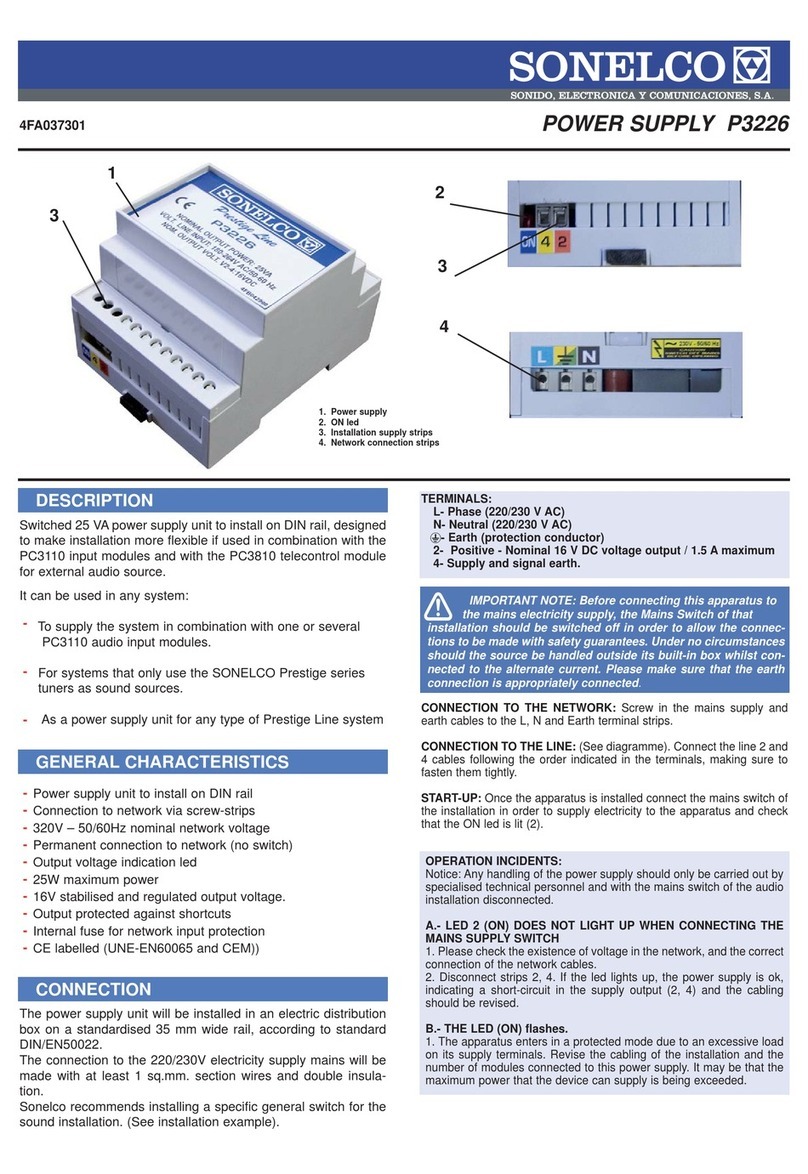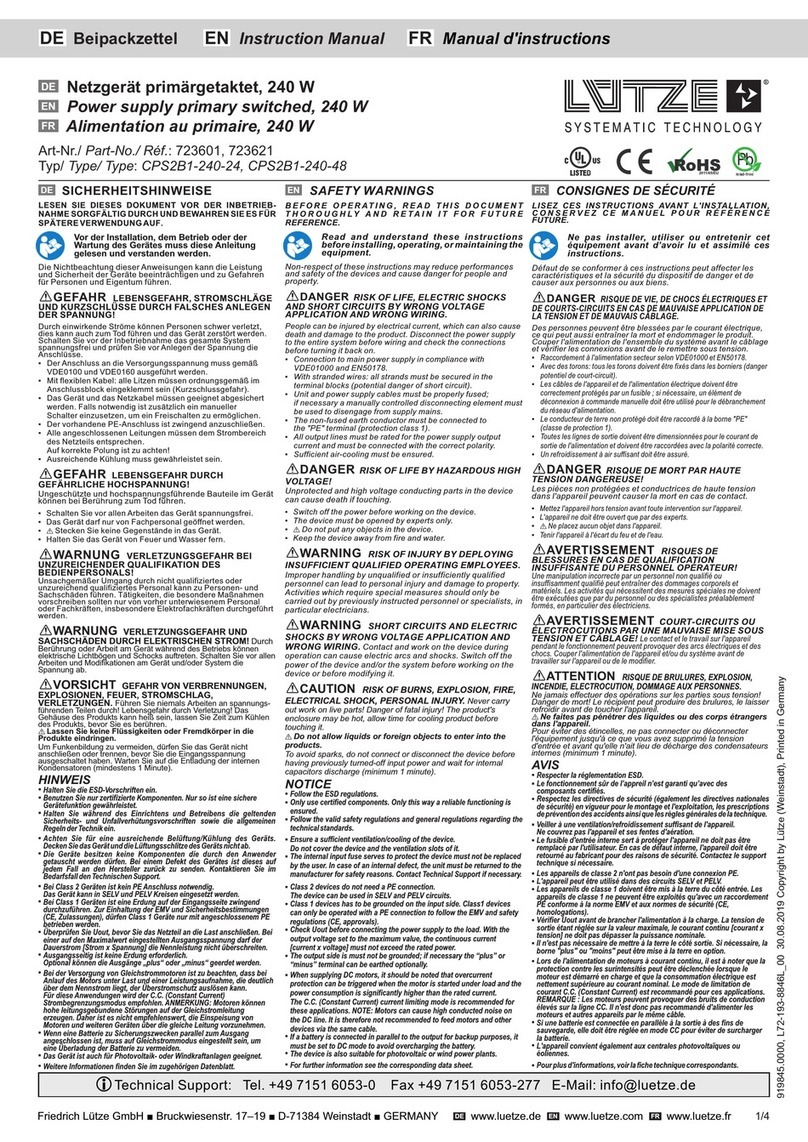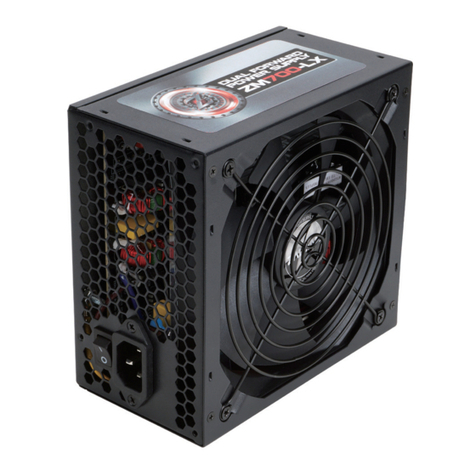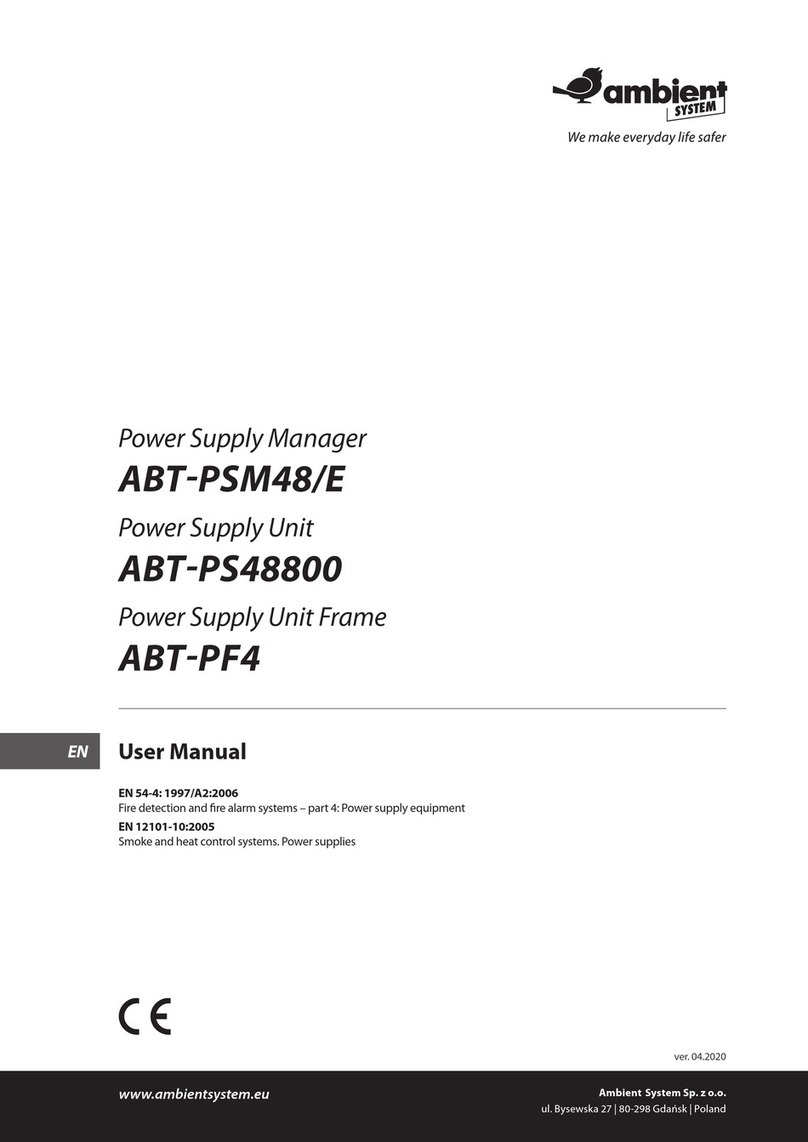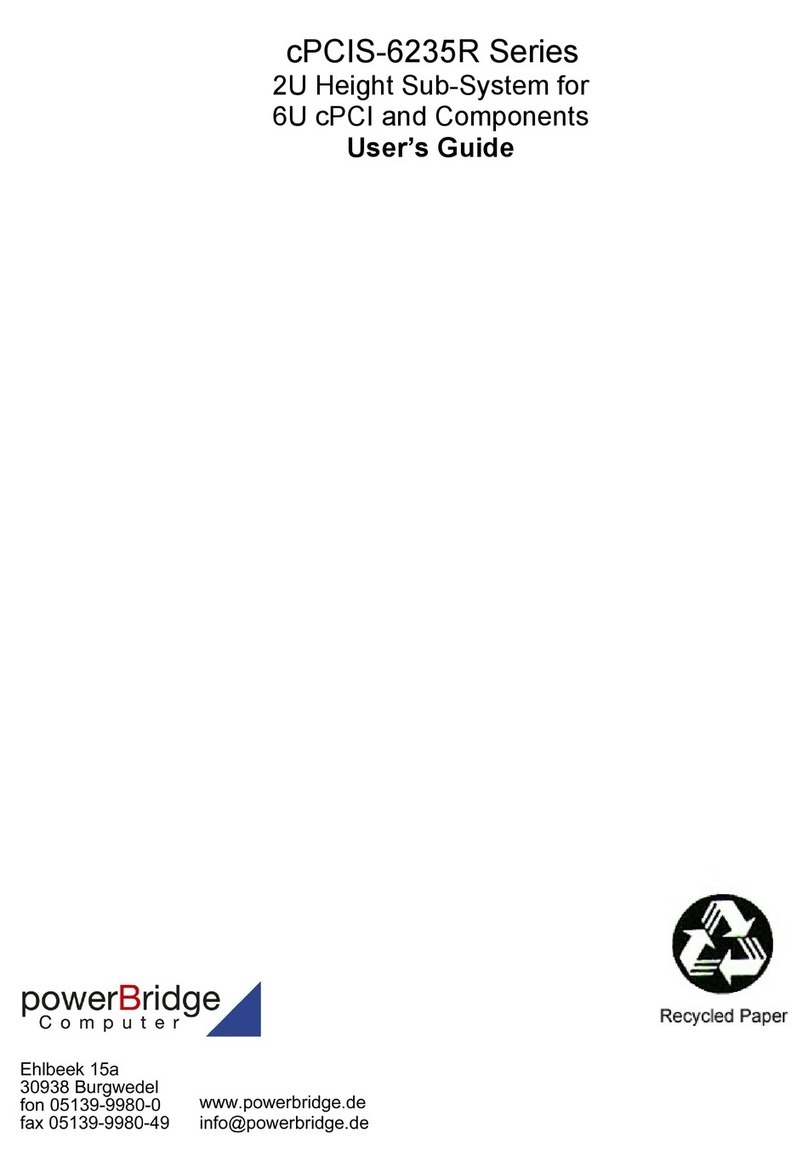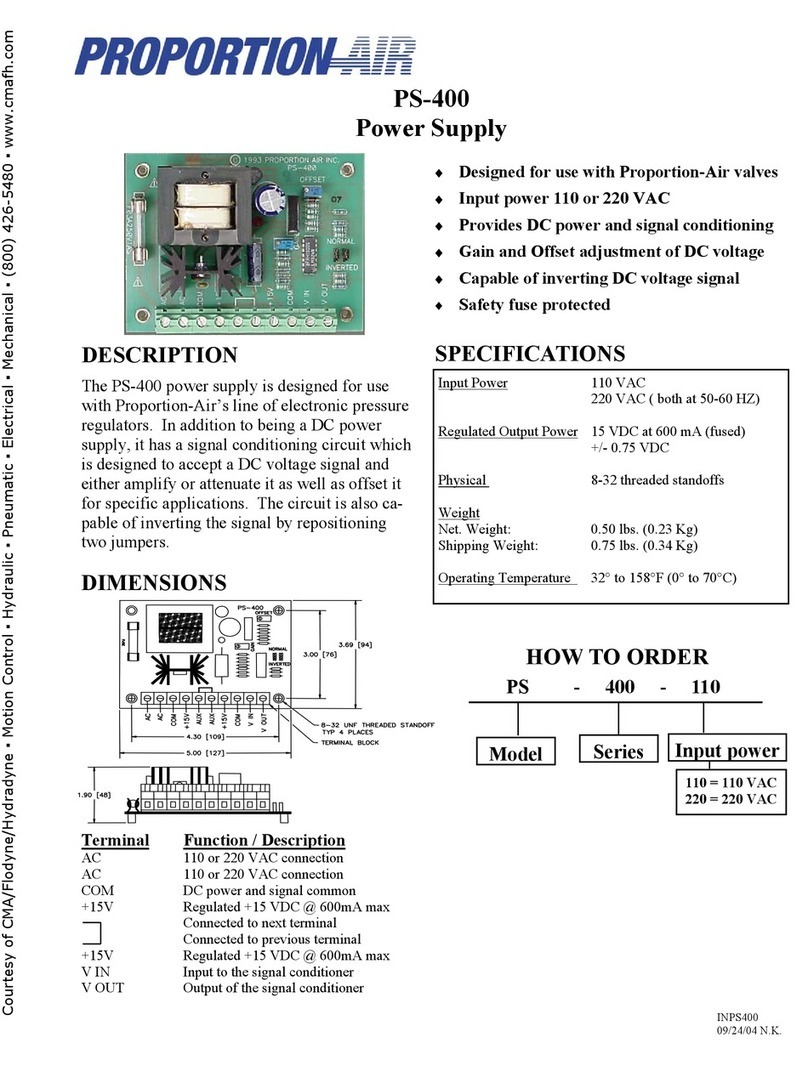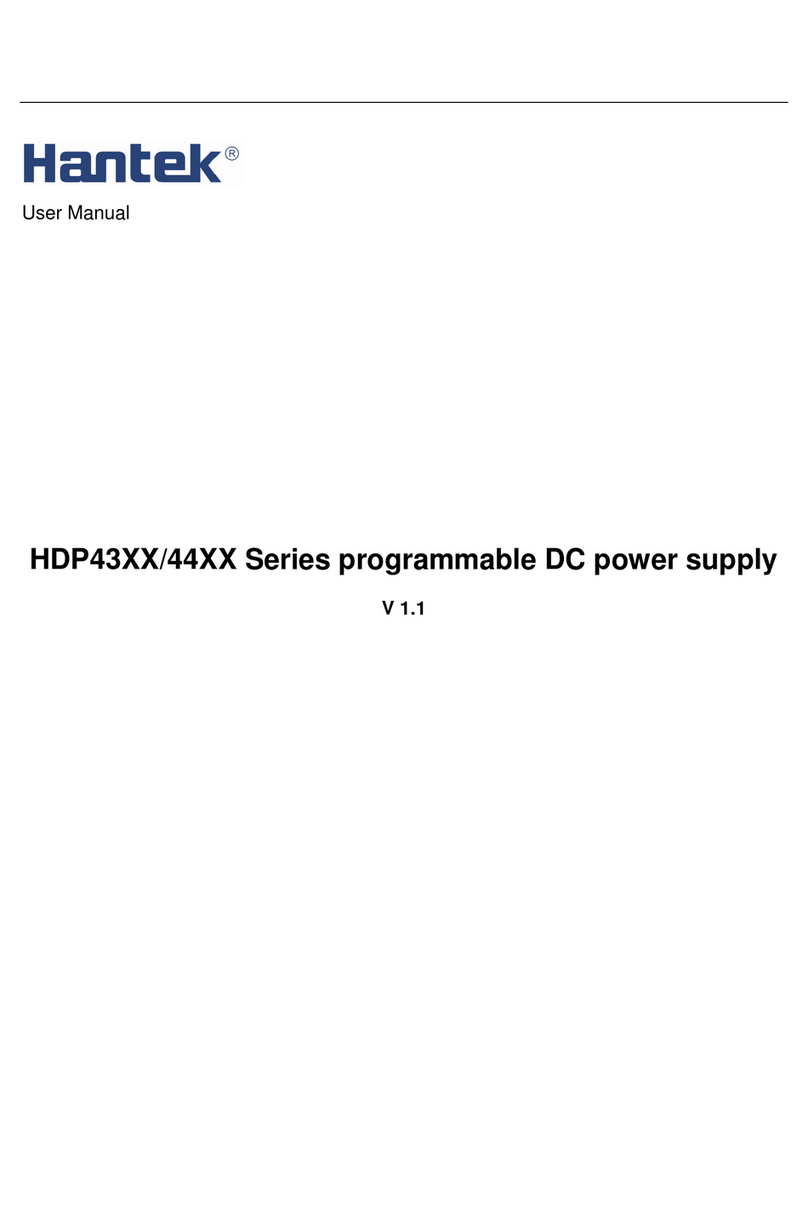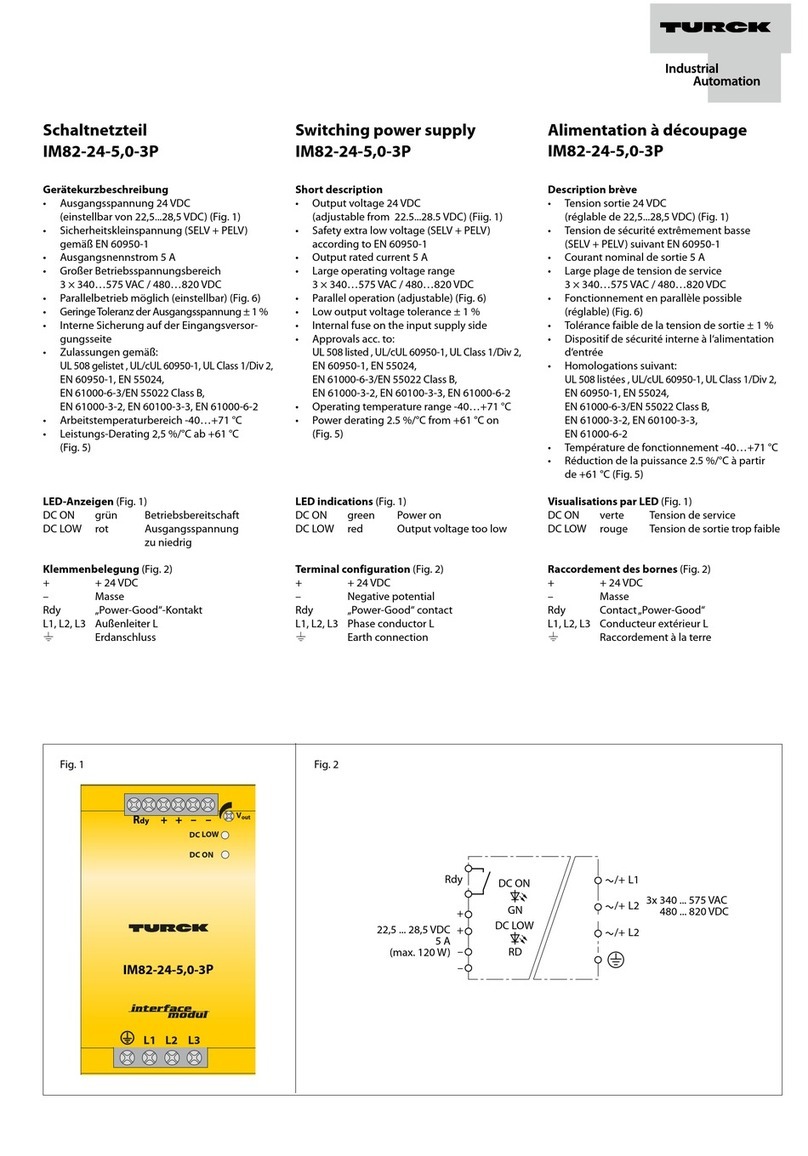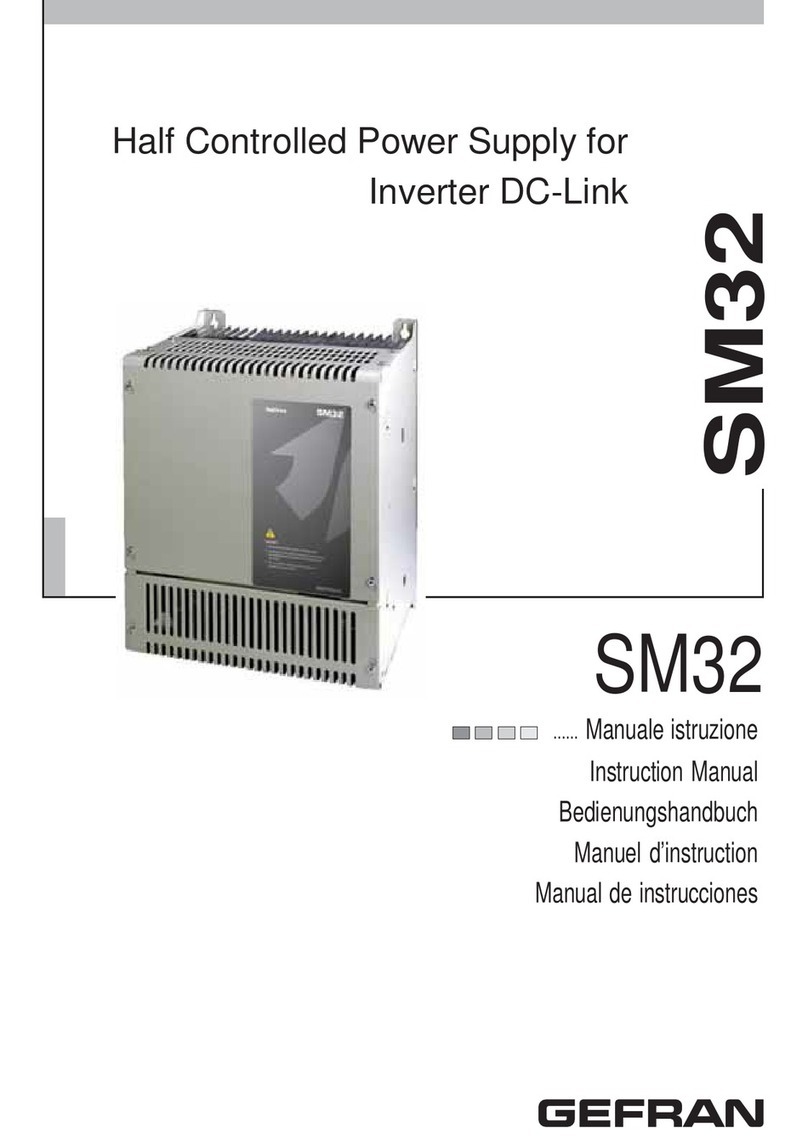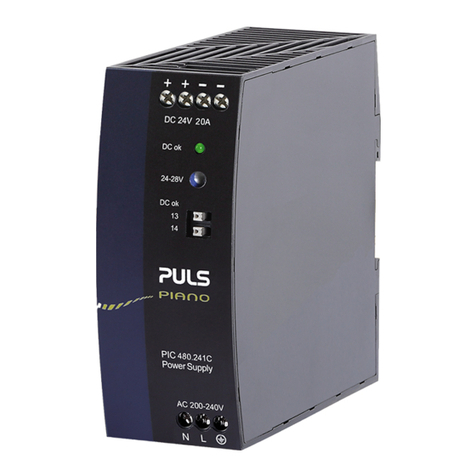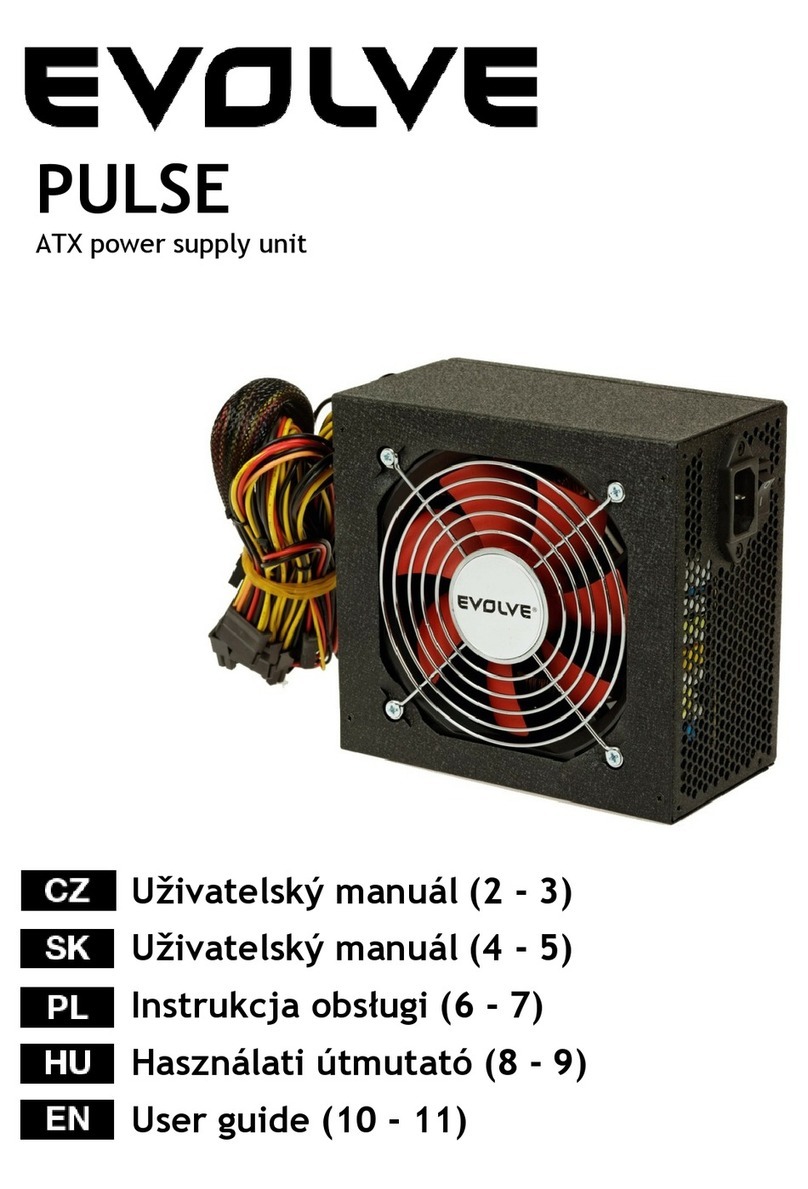BST BT603 User manual

User’s Manual
BT603
© Copyright 2010 Caltek Industrial (HK) Ltd.
All rights reserved.

BT603 Users Manual
LIMITED PRODUCT WARRANTY AND LIMITATION OF LIABILITY
BST warrants its products and accessories to be free from defects in materials and workmanship under normal consumer usage for periods(s) outlined
below. This warranty is not transferable and valid only to the original buyer or end-user. BST shall not be liable for any direct, indirect or consequential
loss arising or damages suffered resulting from the usage of any of its products herein or any other products used in conjunction with.
WHAT IS COVERED:
COVERAGE LENGTH OF COVERAGE
BT603 MAIN UNIT One (1) year from the date of purchase by original
buyer or end-user
PARTS AND ACCESSORIES Ninety (90) days from the date of purchase by original
buyer or end-user
BATTERIES Ninety (90) days from the date of purchase by original
buyer or end-user. Only batteries that leak are
covered
SOFTWARE Ninety (90) days from the date of purchase by original
buyer or end-user
WHAT IS NOT COVERED:
Normal wear and tear, batteries (only batteries that leak are covered), abuse & misuse, usage of non-BST or non-BST certified products/accessories,
unauthorized service and modification, altered products and error free software or operation without interruption.

BT603 Users Manual
CONTENTS
1. Safety Information ..................................................................................................... 1
2. Overview of Features ................................................................................................ 3
3. Physical Features...................................................................................................... 4
4. Connecting Cables .................................................................................................... 6
5. Getting Started .......................................................................................................... 7
6. Setting System Parameters....................................................................................... 8
6.1. Setting User Information ............................................................................... 9
6.2. Setting System Setup ................................................................................. 10
7. Communication with External Devices .................................................................... 12
7.1. Uploading Stored Data to a PC .................................................................. 12
7.2. Printing Test Results................................................................................... 12
8. TDR Testing ............................................................................................................ 14
8.1. Operation Principles.................................................................................... 14
8.2. TDR Function.............................................................................................. 15
8.3. LAN Graphic and Coax Graphic ................................................................. 16
8.4. LAN Numeric............................................................................................... 21
8.5. Coax Numeric ............................................................................................. 22
8.6. Assigning Mode to Arrow Buttons and Selecting Pulse.............................. 23
8.7. Measurement Accuracy and VOP .............................................................. 23

BT603 Users Manual
9. Crosstalk Testing.....................................................................................................
10. W
12. A
13. A
14. M
25
9.1. Numeric Test............................................................................................... 26
9.2. Graphic Test ............................................................................................... 28
iremap Testing ..................................................................................................... 29
11. Network Analysis..................................................................................................... 31
11.1. Inspecting Activity of the Port...................................................................... 31
11.2. Assignment of IP Address........................................................................... 33
11.2.1.Using DHCP Server................................................................................... 33
11.2.2.Assigning Static IP Address ...................................................................... 34
11.3. Link Blink..................................................................................................... 35
11.4. PING Test ................................................................................................... 36
11.5. Collecting Network Information................................................................... 36
dditional Functions ................................................................................................ 39
12.1. Characteristic Impedance Test ................................................................... 40
12.2. Continuity Test ............................................................................................ 41
12.3. Tone Generating Function .......................................................................... 42
uto Testing ............................................................................................................ 43
13.1. Selecting Test Functions............................................................................. 43
13.2. Test Results ................................................................................................ 44
13.3. Saving, Loading and Deleting Auto Test Results ....................................... 47
aintenance............................................................................................................ 48
15. Specifications .......................................................................................................... 50


BT603 Users Manual
1. Safety Information
Safety Caution
This product complies with the safety requirement of ICE 1010-1: 2001. It is designed to be used on de-energized circuits only; however, it
is protected against telephone networking voltages (EN 60950: 1999 Sec. 2.3).
Connections to any main supply voltage will be resulted in damage to the tester and/or a hazardous to the user. Hence the user must
assume the responsibility for ensuring his/her safety.
CAUTION
1.
Ban on measuring a live or charged wire
2.
Measure after discharging the wire pair under test through connecting the wire to earth or the wire pair each other
3.
Use only certified charger, please follow the user's manual
Symbols used on the Tester
Caution! See explanations in this manual
Double insulation or Reinforced insulation.
Battery.
Tester complies with the current EU Directives
1

BT603 Users Manual
International Standards
Safety : IEC 1010-1: 2001
EMC : EN 61326: 1997+ A1: 1998
EMC Standard Category Pass
ESD IEC 1000-4-2 A
EM IEC 1000-4-3 A
Burst IEC 1000-4-4 A
Surge IEC 1000-4-4 A
Conducted RF IEC 1000-4-4 A
Class Machinery
This test is certified in Business (A Class) and use only for business purpose.
2

BT603 Users Manual
3
2. Overview of Features
BT603 is an MTDR (Metallic Time-Domain Reflectometer) device that can measure the cable length and diagnose the cable defects such
as break (open), shorted-circuit and sudden change of impedance (such as, repeaters) in graphic and numeric formats. It also includes
many useful functions such as the Crosstalk test, Wiremap test and Network (TCP/IP) analysis that can be used to test & compare the
cable (and network) to satisfy required network standards.
In addition, BT603 provides a Tone-generating function used to identify and trace the cable in cavities (such as walls, floors, etc.). It also
provides a Continuity-test function to check out the continuity of cable.
BT603 is a high-tech all-in-one instrument suitable for installing, repairing and maintaining business network services based on UTP/STP
cables, Coaxial cables, Telephone cables, and other metallic cable pairs cost effectively.
The tester comes with the accessories listed below. If an item is damaged or missing, contact your supplier immediately.
Standard Accessories Optional Accessories
Remote Identifier #1 Remote Identifier #2
BNC to F connector Remote Identifier #3
PC program setup CD Remote Identifier #4
Download cable (USB-232) 12V automobile-cigar-charger
Test pin lead cable (30cm) Portable-printer (latest version)
Alligator-clip(black) Adapter (DC15V, 1A)
Alligator-clip(red)
Portable bag
Tone detector
User’s Manual

BT603 Users Manual
3. Physical Features
4
Figure 1 Exterior of BT603

BT603 Users Manual
5
LCD display with backlight.
BNC connector for connecting to coaxial cable or the alligator clip (a standard accessory),
8-pin modular (RJ45) connector for connecting to twisted pair network cables.
Function buttons. These buttons provide functions related to the current screen, the specific function is shown on the screen above
the buttons.
Power on/off button.
Backlight on/off button. Additionally, pressing this button for more than three seconds will turn on/off the button sound.
Setup button for selecting test parameters.
Mode button for selecting action of the arrow buttons – zooming and scrolling waveform, moving cursors.
Exit button.
Test button for starting the selected test.
Print button.
Arrow buttons, used to navigate the cursor through screen options.
OK button for selecting the highlighted item in the menu.
RS-232C port for uploading saved test results to a PC and printing current test results.

BT603 Users Manual
6
4. Connecting Cables
Before connecting cables, be sure to check the following:
1. Power sources (over 6.5 volts) should not be connected to the far end of the cable.
2. Cable must be connected to only one of the two connectors: BNC connector (②in Figure 2 ) or RJ45 connector (③in Figure 2).
Depending on the cable you want to connect, you can use:
Coaxial Cable Connect it directly to the BNC connector.
Shielded Twisted Pair
(STP) Cable
Connect it directly to the RJ45 connector.
Unshielded Twisted Pair
(UTP) Cable
Connect it directly to the RJ45 connector.
Unshielded Multi-Core
Cable
After connecting the alligator clip lead to the
BNC connector; choose one pair of the cable
using the alligator clips.
The tester is not intended to be connected to active systems, or equipment. Prolonged exposure to the voltages applied by these
interfaces may damage the tester.
If the tester detects voltage over 6.5V, a “WARNING” screen is displayed. Disconnect the tester if the voltage warning symbol appears.

BT603 Users Manual
5. Getting Started
Press more than three seconds; the display turns on and shows the Main Menu.
7
① Menu selection area. To select a function, use to highlight the item;
press or .
② TDR test. (See page 14)
③ Wiremap test. (See page 29)
④ Network analysis. (See page 31)
⑤ Crosstalk test. (See page 25)
⑥ Additional test functions. (See page 39)
⑦ Auto test. (See page 43)
⑧ To change the system parameters, press or .
⑨ Battery gauge.
⑩ To select the item, press or when highlighted.
Figure 2 Main Menu
①
②③④
⑤
⑥⑦
⑧⑨⑩

BT603 Users Manual
6. Setting System Parameters
To change the system parameters, press in the main menu (See Figure 2).
①
②③
Figure 3 Screen for Setup
① There are three categories – setting user information, system setup, and uploading stored data to a PC. To select a category, use
to highlight the field; press or .
For more information about setting user information, see Section 6.1.
For more information about setting system setup, see Section 6.2.
For more information about uploading stored data to a PC, see Section 7.1.
② To exit this menu, press or .
③ Press or to go to the selected category.
8

BT603 Users Manual
6.1. Setting User Information
To change user information, select the Setup menu (Figure 3) and edit in 1 as below.
②
③④
①
Figure 4 Setting User Information
① To edit settings, press to highlight the field; then, press .
You can use “User Name” as the operator’s name and “Affiliation” as an abbreviated company name.
② Use the buttons to select the character and then use to change the highlighted character.
③ To exit this menu without saving changes, press or .
④ To store the changes, press .
9

BT603 Users Manual
6.2. Setting System Setup
To change system settings, access the Setup menu (Figure 3) and edit in 2 as below.
①②
③④
Figure 5 System Setting
To edit settings, press to highlight the field, then press to change the number; press or .
Pressing changes parameter values.
When in edit mode the cursor will blink. Press to retain to the previous value.
To exit this menu, press after or before changing values – at this point, the cursor is not blinking.
Pressing or selects or confirms, or starts the selected function.
νTo alter the screen contrast, change the number in ‘LCD Contrast’ (min=1 max=11).
νTo alter the auto-off feature, change the ‘Auto Power’ setting to the number of minutes required before auto-off.
νTo makes the new settings your default, toggle the ‘Backup mode’ to ON. Leaving ‘Backup Mode’ set to OFF means that the changes
are effective for the current session only.
10

BT603 Users Manual
νTo change the MAC address of the tester, chose menu item 4 (Figure 5) and enter the new MAC address in ①below.
①
②③
Figure 6 Setting MAC Address
① The MAC address field consists of 6 numbers between 0 and 255 (hexadecimal, 00h ~ ffh).
moves the cursor and changes the highlighted character.
Available characters are 0, 1, 2, 3, 4, 5, 6, 7, 8, 9, a, b, c, d, e, f.
② To exit this menu and save changes press .
③ To exit this menu without saving changes press .
νTo alter the length units, change the ‘Unit’ setting. (Feet/Meter)
νYou can reset the tester to default settings (Menu option 5);the tester asks for confirmation. Highlight your choice using then
press to accept (Note the exit key is available to cancel).
11

BT603 Users Manual
7. Communication with External Devices
7.1. Uploading Stored Data to a PC
To upload stored data to a PC, select “Upload to PC” in Setup menu (Figure 3).
Figure 7 Uploading Screen
After connecting the tester to the PC, press or to start the download (Ensure the software is running on the PC).
7.2. Printing Test Results
The test results, including the measured waveforms, can be printed using the optional printer and printer cable. After connecting the
printer to the tester, press to start printing the results for the current test.
12

BT603 Users Manual
①②
③④
Figure 8 Printing Screens
① Printer is connected and tester is ready for printing.
② The tester cannot detect an attached printer.
③ Printer is not connected.
④ An error has occurred during printing. Check the printer or refill printer paper; then try again.
νThe optional printer listed is the only one recommended for printing.
13

BT603 Users Manual
14
8. TDR Testing
8.1. Operation Principles
When an electric pulse is transmitted from one end of a cable, this electrical signal travels through the cable, and its reflected signal is
generated where propagation characteristics (characteristic impedance) of the cable are changed; these points are defined as the
“events.” By measuring the shape of the reflected signals and the times they take to reach the tester, the types and the distance of the
events can be determined.
The changes in the characteristic impedance are often caused by open or shorted cables. Figure 9 shows the waveforms of the signals
measured by the tester when a pulse is initiated into two cable conditions. Position represents where the pulse signal applied to the
cable, and the Position represents where the reflected signal from open or shorted cables. In an open cable, both the initial pulse and its
reflected signal have the same polarity while the inverse polarity occurs in a shorted cable.
The interval between Position and corresponds to the time difference which is method to calculate the distance to the point of
impedance change. In this calculation, the velocity of propagation (VOP) is used; VOP is the speed of the electrical waves propagating
through a cable, which depends on the unique characteristics of each cable.
(Distance) = (Transmission time)
×(9.84 ×108) ×VOP (unit feet)
(Distance) = (Transmission time)
×(3 ×108) ×VOP (unit meter)
VOP is expressed as a percentage of the speed of light in vacuum. For example, when we say the VOP of a cable is equal to 66%, it
means that the signal propagates at 66% of the speed of light. The VOP value is affected by the type of a cable’s metal conductors, by its
insulation material, and by its structure. For communication cables, their VOP values are normally listed in one of their specifications
prepared by the cable manufacturers. Typical VOP values are between 30% and 90%.

BT603 Users Manual
①② ②①
Figure 9 Waveforms for Open and Shorted Cables
8.2. TDR Function
The tester provides four TDR test functions.
①
②
③
Figure 10 Menu for Selecting a TDR Function
① Use the arrow keys to highlight the required test.
The words “Graphic” and “Numeric” mean that the tester shows the results in the form of waveform or numeric displays,respectively.
For “LAN Graphic” and “Coaxial Graphic”, see Section 8.3
For “LAN Numeric”, see Section 8.4.
For “Coax Numeric”, see Section 8.5.
② To start the highlighted function, press or .
15
Table of contents
